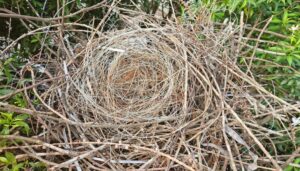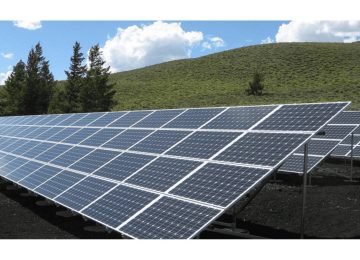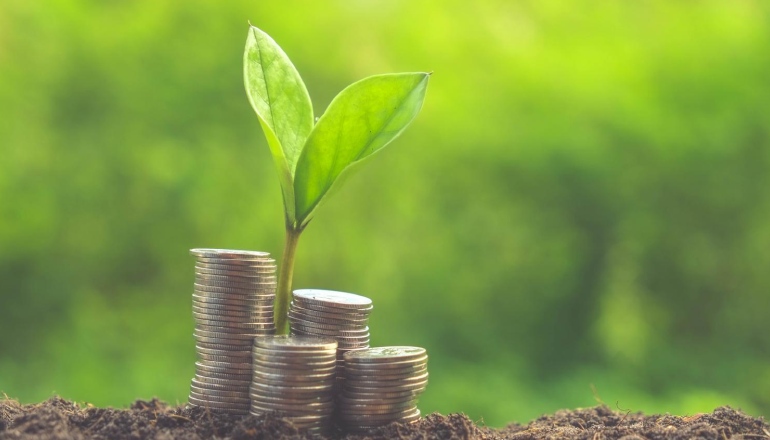This blog is based on a Facebook post by a family friend who owns a building materials shop in Pathanapuram, Kerala. He recently found a discarded bird’s nest in his courtyard. Interestingly, this wasn’t made of twigs and coconut husks. But it was surprisingly built with scrap steel wires and components, in all likelihood picked up from his warehouse.
I have been writing about the soaring temperatures this summer in Kerala and the impact on people and their livelihoods. The bird’s nest post by my friend is an eye-opener.

Kerala has been experiencing extreme heat for over a month, potentially causing birds to abandon their nests and flee due to the scorching temperatures. My friend separated the wooden materials and weighed the metal alone, which weighed 2.4 kilograms.
This is a stark reminder of how climate change is affecting all living beings. Just like humans, animals and birds are struggling. Birds’ habitats are changing from cozy hay and twigs to metal, and the increase in inside temperature may be the reason for this abandonment.
This was not an isolated incident. Several other friends from Kerala have narrated similar incidents during conversations.
The tale of this bird nest is heartbreaking and clever at the same time. It draws attention to how resourceful birds can be while simultaneously highlighting how urgent it is to combat climate change.
My friend tried adding humor to the post and said, “Maybe we need to hold a workshop for the birds by construction experts to teach them about eco-friendly nesting materials!”
But, on a serious note, this is a call to action for all of us. We can’t ignore this cry for help from nature. Here are some ways we can all take action:
Construction sector: The environment is greatly impacted by the construction sector. Green building techniques that reduce temperature rise must be promoted. This includes incorporating natural landscapes into building projects, encouraging energy efficiency, and employing sustainable materials.
Plant trees everywhere you go because they absorb carbon dioxide, cool the air, and provide shade. Plant trees in your backyard, support reforestation-focused organizations, and support community tree-planting campaigns.
Reduce Your Carbon Footprint: Our everyday choices contribute to climate change. Consider ways to reduce your carbon footprint, like using public transportation, switching to renewable energy sources, and consuming less energy at home.
Spread awareness: Share this story and educate others about the impact of climate change. Encourage others to take action to build a cooler planet.
Let’s not wait for birds to construct steel nests. We must cooperate to build a more sustainable future for all living things, including ourselves.
We must move past planning and take decisive action now. If not, get ready to be burned every summer!
The Bird’s Nest can be a beautiful bedtime story we can narrate to our children/grandchildren or impart as a lesson to the kindergarten/Anganwadi. This can become a collective initiative and an integral part of everyday routine for the future generations who are looking up to us. The responsibility is on our shoulders: Do we want to make sustainable raw materials and a healthy climate a science lesson for them at school? Or a reality and a green planet for them to lead a stress-free, healthy life.










